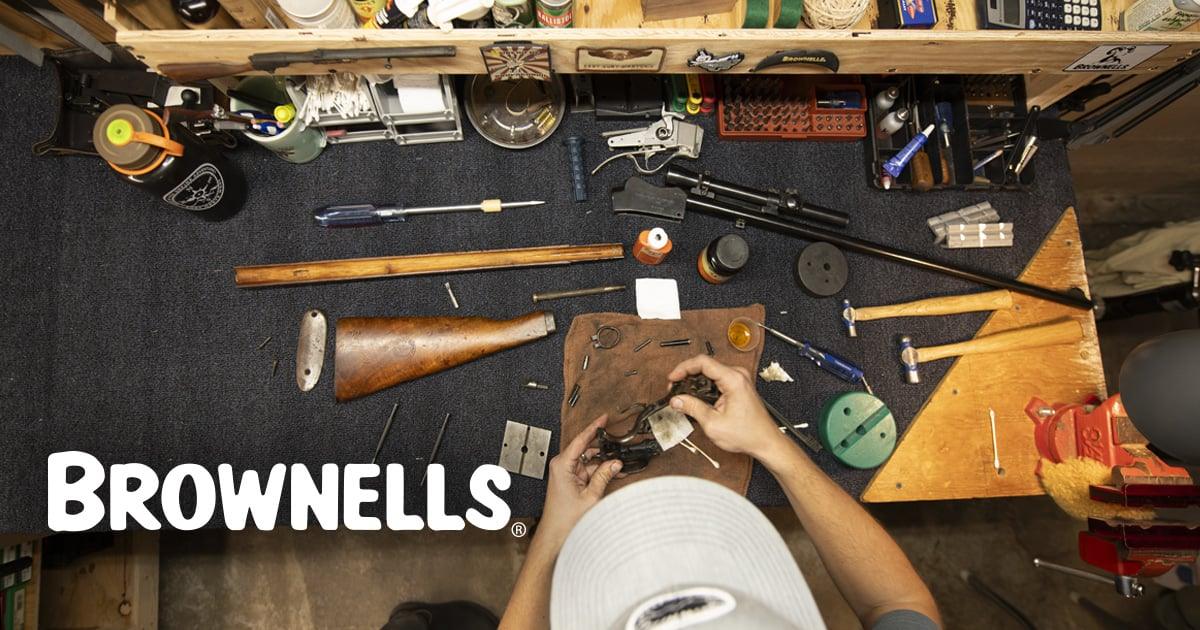nksmfamjp
Well-Known Member
- Joined
- Jan 5, 2004
- Messages
- 3,364
So, I bought some new WSM brass from Winchester. I cleaned up the last set turning to 0.014" neck wall thickness. It comes 0.015 +/- 0.002".....the cleans up most cases 90% or more. ....but some are literally 0.013" at 30% of their circumference....
i could cut to 0.0135" to get closer, but when reloading, I see cracks form at the base of the neck and split necks In 3 loadings. This was before I annealed. After annealing, that has stopped.
My question is thinning the necks to 0.0135"....wont that cause splits quicker? What is your experience turning necks. BTW, I did this originally to get from 0.75" groups to 0.6". I'm hoping the new barrel does similar for me.....but gets me under 0.5" with a low sd (5ish).
i could cut to 0.0135" to get closer, but when reloading, I see cracks form at the base of the neck and split necks In 3 loadings. This was before I annealed. After annealing, that has stopped.
My question is thinning the necks to 0.0135"....wont that cause splits quicker? What is your experience turning necks. BTW, I did this originally to get from 0.75" groups to 0.6". I'm hoping the new barrel does similar for me.....but gets me under 0.5" with a low sd (5ish).

